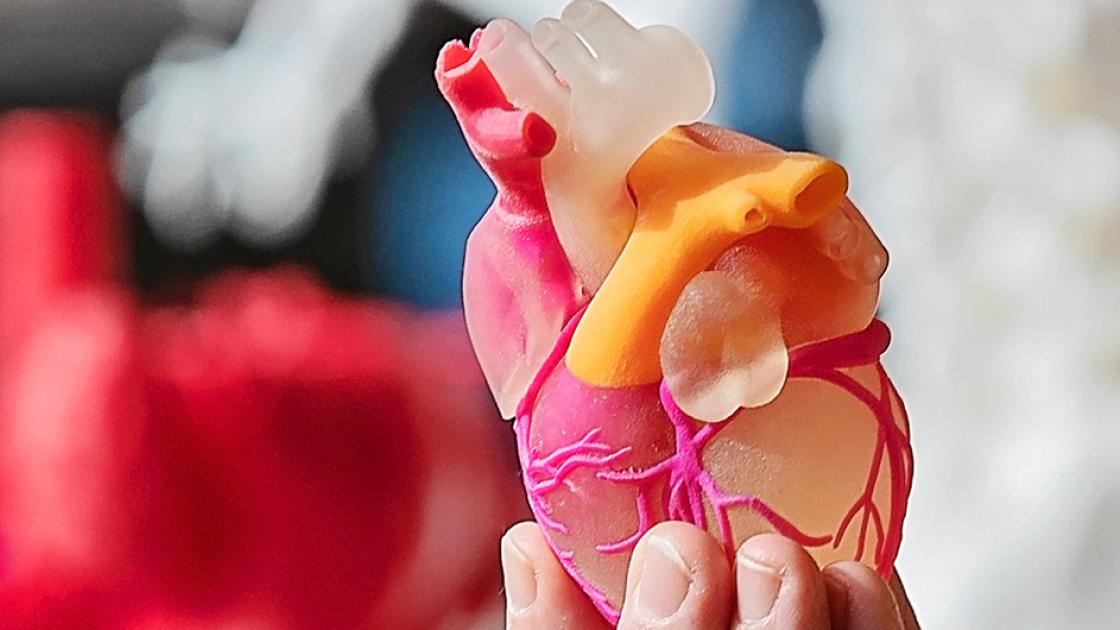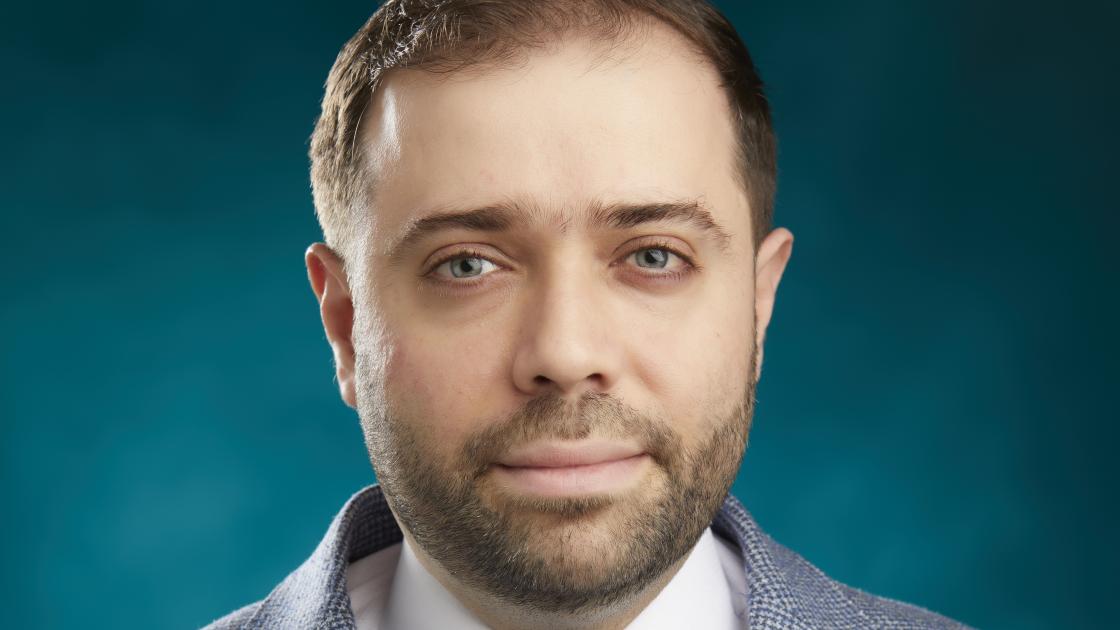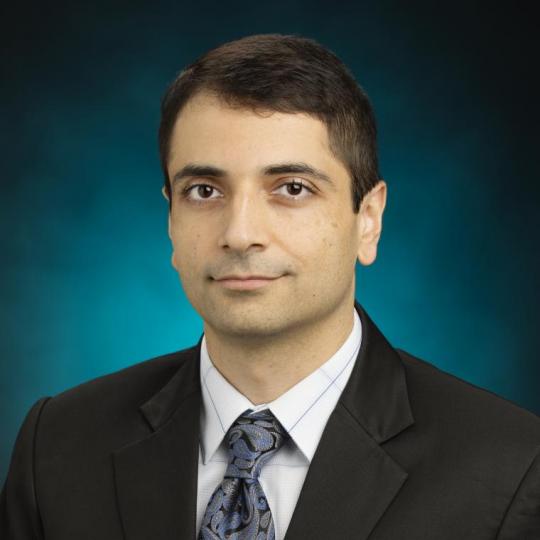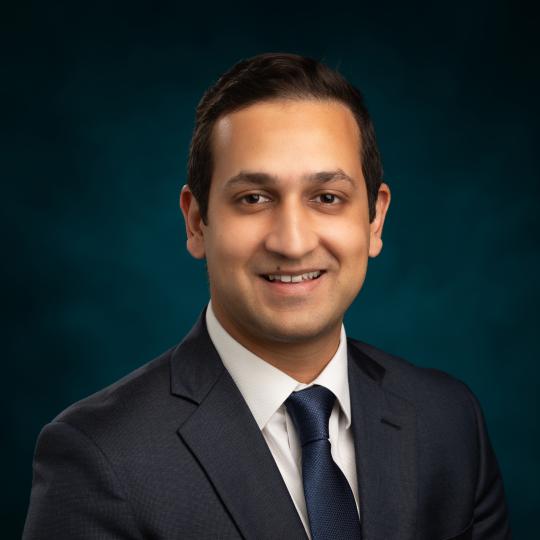
Structural Heart Disease
Overview
Valvular structural heart disease occurs one or more of your heart's four valves do not function properly, disrupting normal blood flow.
At SIU Medicine, our structural heart disease specialists provide comprehensive care using the latest in diagnostic technology, medical management, and minimally invasive catheter-based procedures.
Our Structural Heart Clinic brings together a team of interventional cardiologists, cardiac surgeons, and specialized nurses to provide a thorough consultation for patients and their families. For each condition we offer treatment by minimally invasive devices or open-heart surgery, if deemed more appropriate.
Treatments
Causes of Structural Heart Disease
Several factors can contribute to heart valve dysfunction, including:
- Birth defects involving heart valves
- Coronary artery disease
- Heart attack
- Heart muscle disease
- Hypertension
- Rheumatic fever as a child
- Advanced age
Signs and Symptoms
Symptoms of structural heart disease may include:
- Shortness of breath
- Heart murmur (abnormal sound)
- Tiredness
- Dizziness or fainting
- Swelling in the feet, ankles, legs, or abdomen
Signs of structural heart disease may include:
- Heart murmur detected during clinical examination
- Hospital admission for syncope, chest pain or heart failure
Types of Valvular Disease
Regurgitation: Occurs when valve flaps don't close properly, causing blood to leak backward. This may happen in any valve, particularly mitral regurgitation and aortic regurgitation.
Stenosis: Occurs when valve flaps become thick or stiff, restricting blood flow. Common types include aortic stenosis and mitral stenosis.
Our providers
Why SIU
Continually learning
With a focus on continual improvement, our doctors take the time to research, study and innovate to provide the latest treatments for our patients.
Patient-first experience
Our care ranges from primary care physicians to specialists and sub-specialists who have advanced training. We're here for you when you need us.
Breakthrough tech
Continually teaching the next generation of doctors, our physicians use the latest developments in procedures and technologies for our patients.
Latest articles




